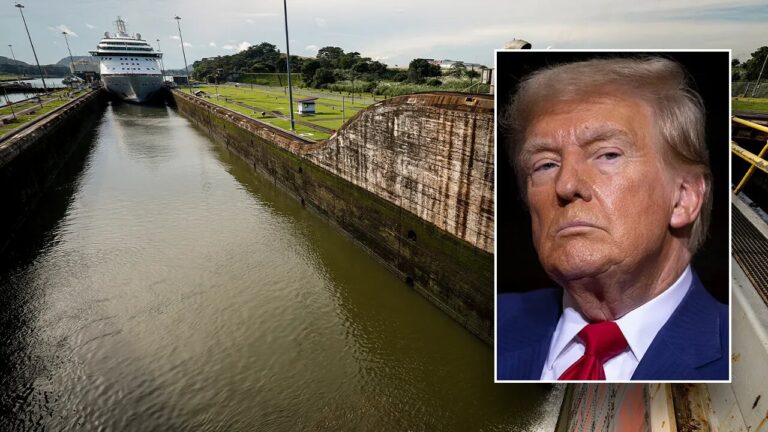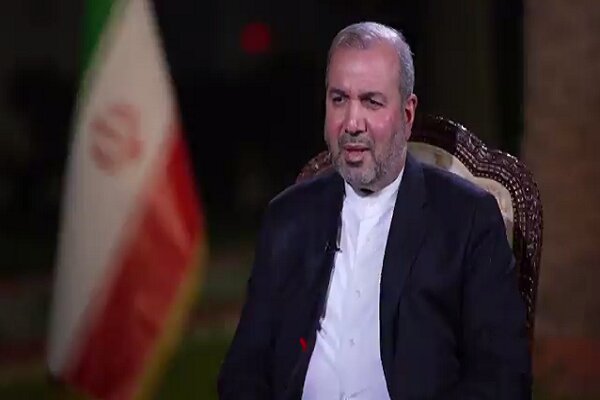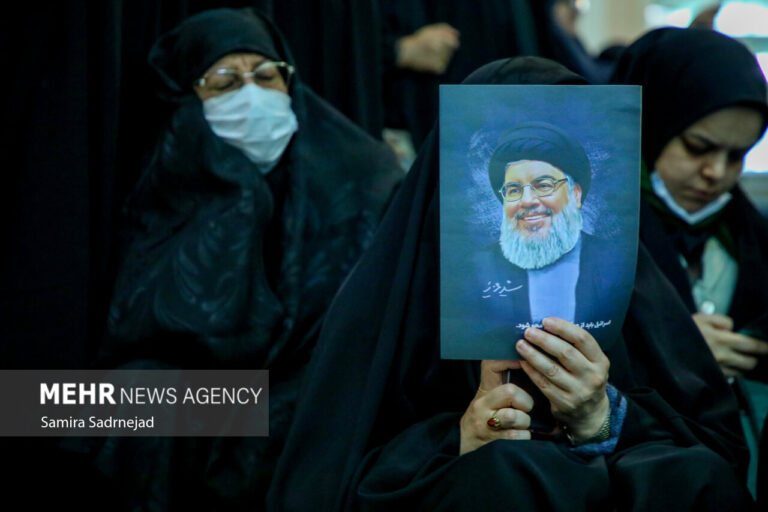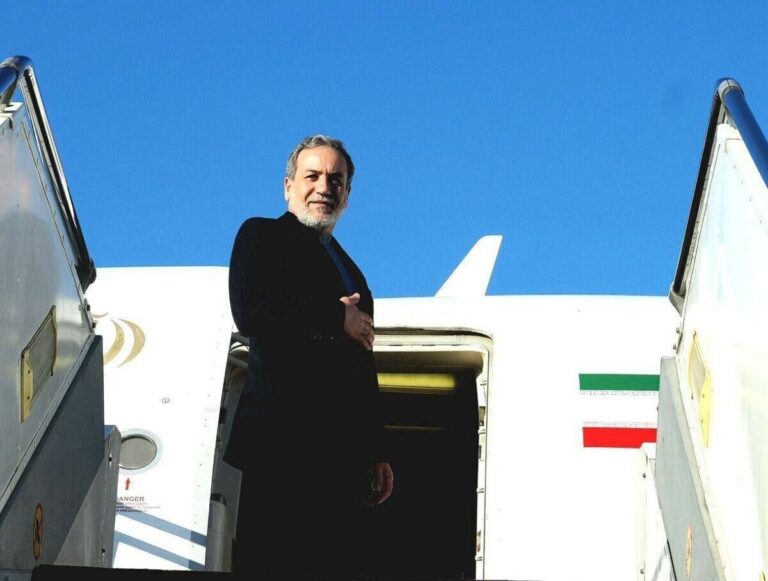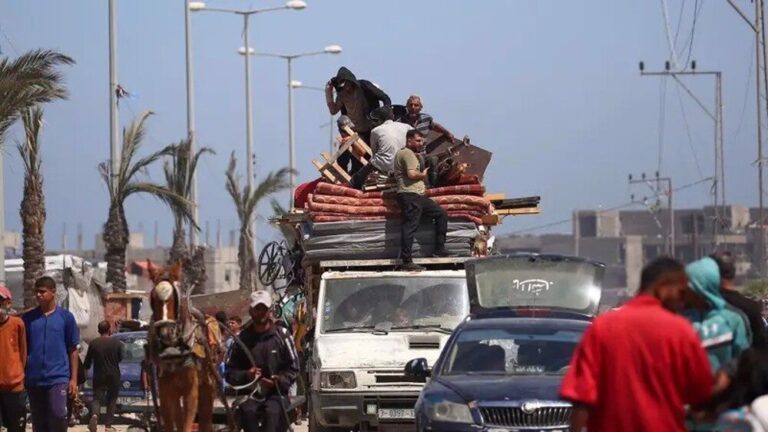IAEA Chief Grossi and US Envoy Witkoff Join Forces in Rome for Critical Nuclear Discussions
In recent developments regarding US-Iran nuclear talks, a significant meeting took place in Rome, highlighting ongoing diplomatic efforts between the two nations. This meeting involved key representatives and reflects the complexities of international negotiations concerning nuclear agreements.
According to Axios, the meeting occurred alongside discussions between US and Iranian officials on Saturday in the Italian capital. Lawrence Norman, a reporter for the Wall Street Journal, shared insights on the social network X, stating, “I understand from a source that @rafaelmgrossi met @SteveWitkoff today in Rome.” This indicates a collaborative atmosphere as both sides work towards resolving longstanding issues.
The recent round of indirect talks marks the second session aimed at addressing nuclear concerns, facilitated by Oman. These negotiations, which concluded just hours before the meeting, were led by Iranian Foreign Minister Seyyed Abbas Araghchi and US President’s Special Envoy for West Asia, Steve Witkoff. Below are some key points regarding the recent talks:
- Location: The talks were held in Rome, a neutral venue that has become a focal point for international diplomacy.
- Participants: Top representatives included Iranian Foreign Minister Seyyed Abbas Araghchi and US Special Envoy Steve Witkoff.
- Mediation: The discussions were mediated by Oman, which has played a pivotal role in facilitating dialogue between Iran and the US.
- Nature of Talks: The talks were conducted indirectly, indicating the sensitive nature of the negotiations.
This second round of discussions follows the initial meeting, which also took place in Rome. The format of indirect negotiations allows both countries to engage without direct confrontation, which is crucial given the historical tensions between them. The use of intermediaries, like Oman, has been instrumental in keeping the lines of communication open.
The ongoing efforts in these negotiations underscore the urgency and complexity of reaching a comprehensive nuclear agreement. Both sides are aware that the stakes are high, not just for their relations, but for regional stability and international security as well. The challenges remain significant, and the path forward is fraught with obstacles.
While the details of what was discussed in this latest round are still emerging, the fact that dialogues are continuing is a positive sign. It reflects a commitment from both sides to explore potential avenues for reconciliation and progress. The involvement of international mediators adds another layer of support to the talks, potentially increasing the chances of a successful outcome.
As the world watches these developments closely, there is cautious optimism among diplomats and analysts. The hope is that these negotiations will lead to a more stable and secure environment in the Middle East. Each round of talks brings with it new opportunities and challenges, and the international community remains engaged in supporting these efforts.
In summary, the second round of indirect talks between Iran and the United States in Rome, mediated by Oman, represents a crucial step in addressing nuclear concerns. Key players are actively involved, and the ongoing dialogues signify a willingness to find common ground. The outcome of these discussions could have far-reaching implications for both nations and the broader geopolitical landscape.

